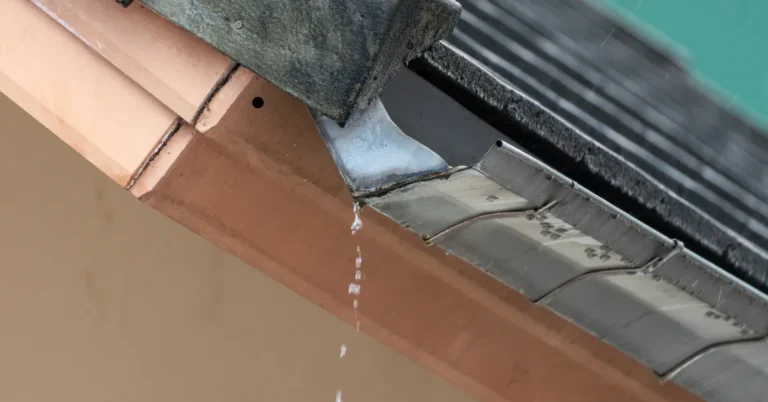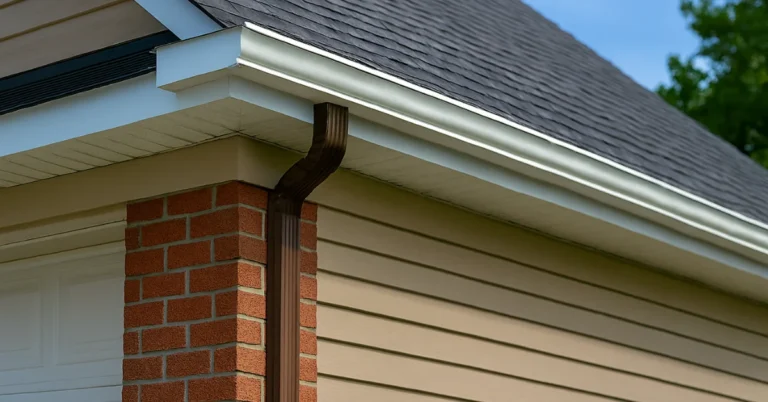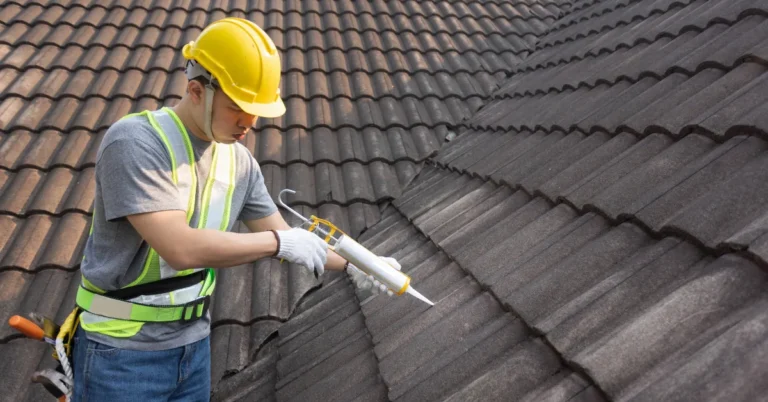Imagine walking up to a house that looks picture-perfect from a distance fresh paint, neat landscaping, and a sturdy roof. But as you step closer, you notice peeling boards under the roofline, sagging edges, and signs of water damage. That’s where soffit and fascia quietly reveal their importance. These often-overlooked parts of your home aren’t just for looks, they protect your roof, keep pests out, and help your entire house breathe. Whether you’re considering a repair, replacement, or simply learning what soffits and fascias do, understanding them is the first step to keeping your home strong and beautiful for years to come.
What Is Soffit?
The soffit is the material installed underneath the roof’s overhang, bridging the gap between the exterior wall and the edge of the roofline. Its primary function is to allow proper airflow into the attic, preventing moisture buildup, mold, and overheating inside your home. Soffits often have small vents that let air circulate while keeping pests out. Beyond function, soffits also create a neat and finished look by covering exposed rafters and roof structures.
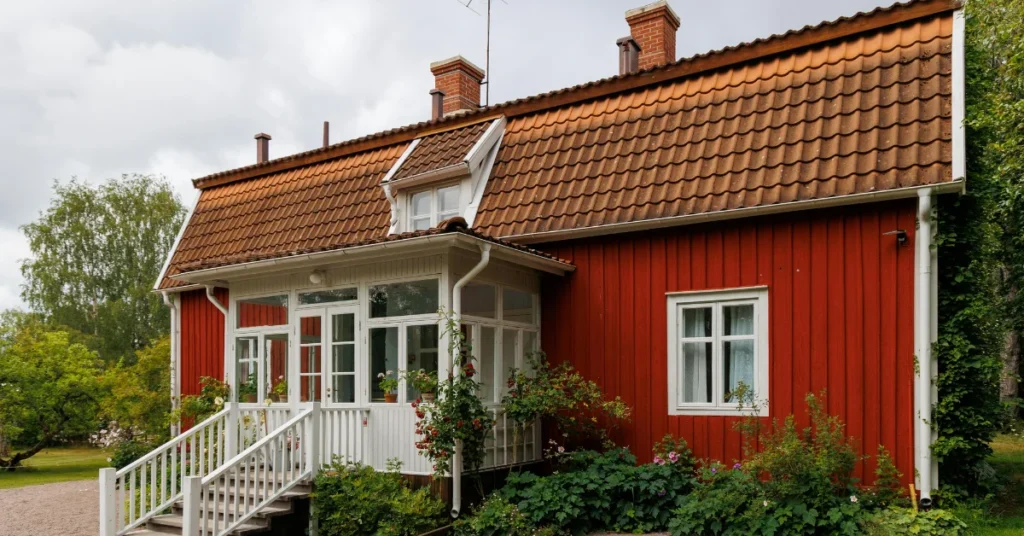
What Is Fascia?
The fascia is the long, straight board that runs along the roof’s lower edge. It is mounted directly where the roof meets the outer walls of the house and serves as the mounting point for gutters. The fascia provides critical structural support by carrying the weight of gutters, rainwater, and sometimes even snow. It also acts as a protective barrier against water damage while giving your roofline a smooth, polished finish.
Difference Between Soffit vs Fascia
While soffits and fascias are installed in the same area of your roofline, their purposes are different. Here’s a quick comparison:
| Feature | Soffit | Fascia |
|---|---|---|
| Location | Installed underneath the roof overhang, between roof edge and wall | Mounted vertically at the roof edge, just below the roofline |
| Primary Function | Provides attic ventilation and protects rafters from moisture | Supports gutters, carries water weight, and protects the roof’s edge |
| Appearance Role | Creates a clean underside to the roof, covering exposed rafters | Adds a smooth, finished look to the roofline |
| Protection | Prevents mold, rot, and pest entry into attic/rafters | Shields roof edge from water infiltration and weather damage |
| Material Options | Vinyl, aluminum, wood, fiber cement | Wood, aluminum, composite, uPVC |
| Maintenance Need | Occasional cleaning of vents and repainting (if wood) | Regular inspection for rot, water damage, and paint/finish maintenance |
Why Are Soffits and Fascias Important for Your Home?
A well-maintained fascia and soffit system does far more than finish the look of your roofline, it provides long-lasting protection and efficiency for your home. When installed correctly, they safeguard your attic, support your gutters, and create a clean, polished exterior that boosts curb appeal.
Benefits of Soffits: The soffit ensures proper attic ventilation, preventing excess heat and moisture that can lead to mold, mildew, and rotting rafters. A healthy airflow also reduces energy bills by regulating indoor temperatures. Homeowners who neglect soffit maintenance often face costly soffit and fascia repair or even full replacement when trapped moisture causes widespread damage.
Benefits of Fascias: The fascia plays a critical role in gutter support. Without a strong fascia board, gutters may sag, overflow, or detach causing water to seep into your roof deck and walls. Beyond functionality, fascias also elevate curb appeal, with modern styles like black soffit and fascia becoming increasingly popular for homeowners looking to upgrade their exterior design.
Working as a system, soffit fascia protect against pests, water infiltration, and weather damage while keeping your home energy-efficient. They also minimize the need for frequent repairs by directing rainwater away and keeping your roofline properly ventilated. Whether you’re planning a new soffit and fascia installation or comparing the cost to install soffit and fascia, investing in quality materials and professional installation pays off in the long term.
Choosing the Right Fascia vs Soffit for Your Home
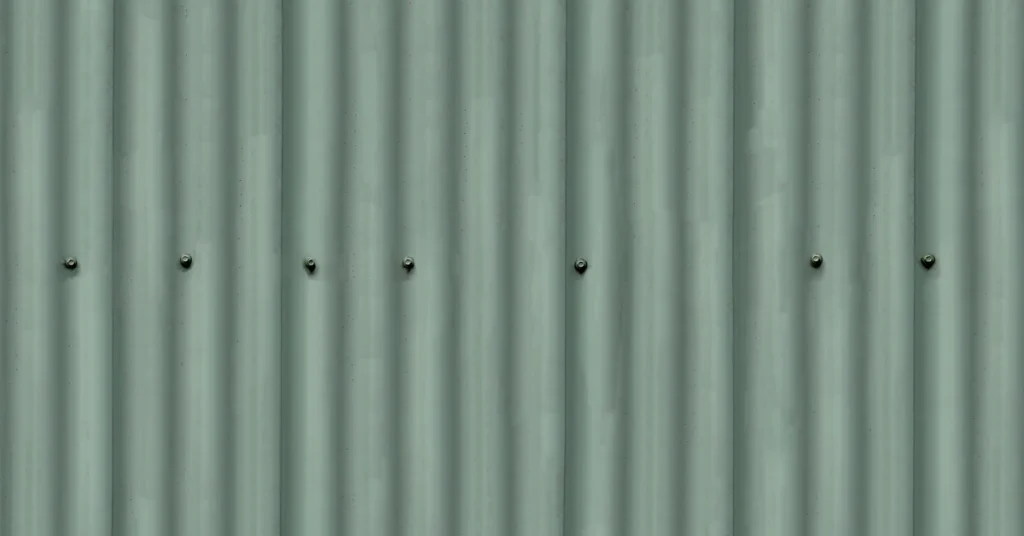
When selecting soffit and fascia, think about durability, style, and climate. Vinyl and uPVC are affordable and low-maintenance, while wood offers a classic look but needs more care. Aluminum or composite options are excellent for wetter climates, and colors like black soffit and fascia can give a modern finish.
Long-term performance depends on regular upkeep—keep soffit vents clear for ventilation, clean gutters to protect the fascia, and repair small cracks or damage before they spread. Adding protective coatings also extends lifespan.
For the best results, hire an experienced contractor who provides warranties, uses quality materials, and ensures proper installation. The right choice will protect your roofline, improve ventilation, and enhance your home’s curb appeal.
Soffit and Fascia Repair, Replacement and Maintenance
Over time, soffits and fascias can suffer from peeling paint, cracks, sagging gutters, pest damage, or rot. Small issues are often solved with simple repairs like sealing, repainting, or replacing short sections. However, signs such as widespread water damage, mold, or gutters pulling away indicate the need for full replacement. While repairs are cost-effective for minor problems, replacement provides longer-lasting protection and prevents recurring damage.
Regular maintenance helps extend their lifespan. Homeowners should clean soffit vents and fascia boards with mild detergent, keep gutters clear to reduce strain, and check for cracks or loose panels at least twice a year. Protective coatings and proper ventilation further guard against moisture, rot, and pests. With timely care, soffits and fascia stay durable, functional, and visually appealing for many years.
Conclusion
Though often overlooked, soffits and fascias play a vital role in both curb appeal and protection. A clean fascia board gives your roofline a polished, finished look, while well-maintained soffits keep rafters hidden and your attic properly ventilated. Together, they create a strong visual impression while shielding your home from moisture and pests.
The long-term benefits of proper installation and maintenance are hard to ignore. Quality soffit and fascia extend the life of your roof, improve energy efficiency, and prevent costly water damage. With the right materials, regular upkeep, and professional installation, these simple components will protect your home for decades while enhancing its beauty and value.
How do I know if my soffit needs to be replaced?
If you notice peeling paint, sagging panels, or signs of moisture in the attic, it could mean your soffit is damaged and may need replacement.
Can fascia boards be repaired or do they always need replacing?
Small cracks or peeling paint can often be repaired, but if the fascia is rotting or pulling away from the roof, replacement is usually the better option.
Are black soffit and fascia a good choice for modern homes?
Yes, black soffit and fascia are very popular for contemporary designs. They give a bold, clean look while providing the same protection as traditional white boards.
Can I install soffit and fascia myself?
DIY is possible but tricky—improper installation can block ventilation or cause gutter issues. Most homeowners prefer professional installation for durability and peace of mind.
How much does soffit and fascia replacement usually cost?
The cost depends on materials, home size, and labor. On average, homeowners pay between $6 and $12 per linear foot, but repairs are less expensive than full replacement.
What materials last the longest for soffit and fascia?
Aluminum and composite materials are very durable, but vinyl is also a popular low-maintenance choice. Wood looks traditional but requires more upkeep.

